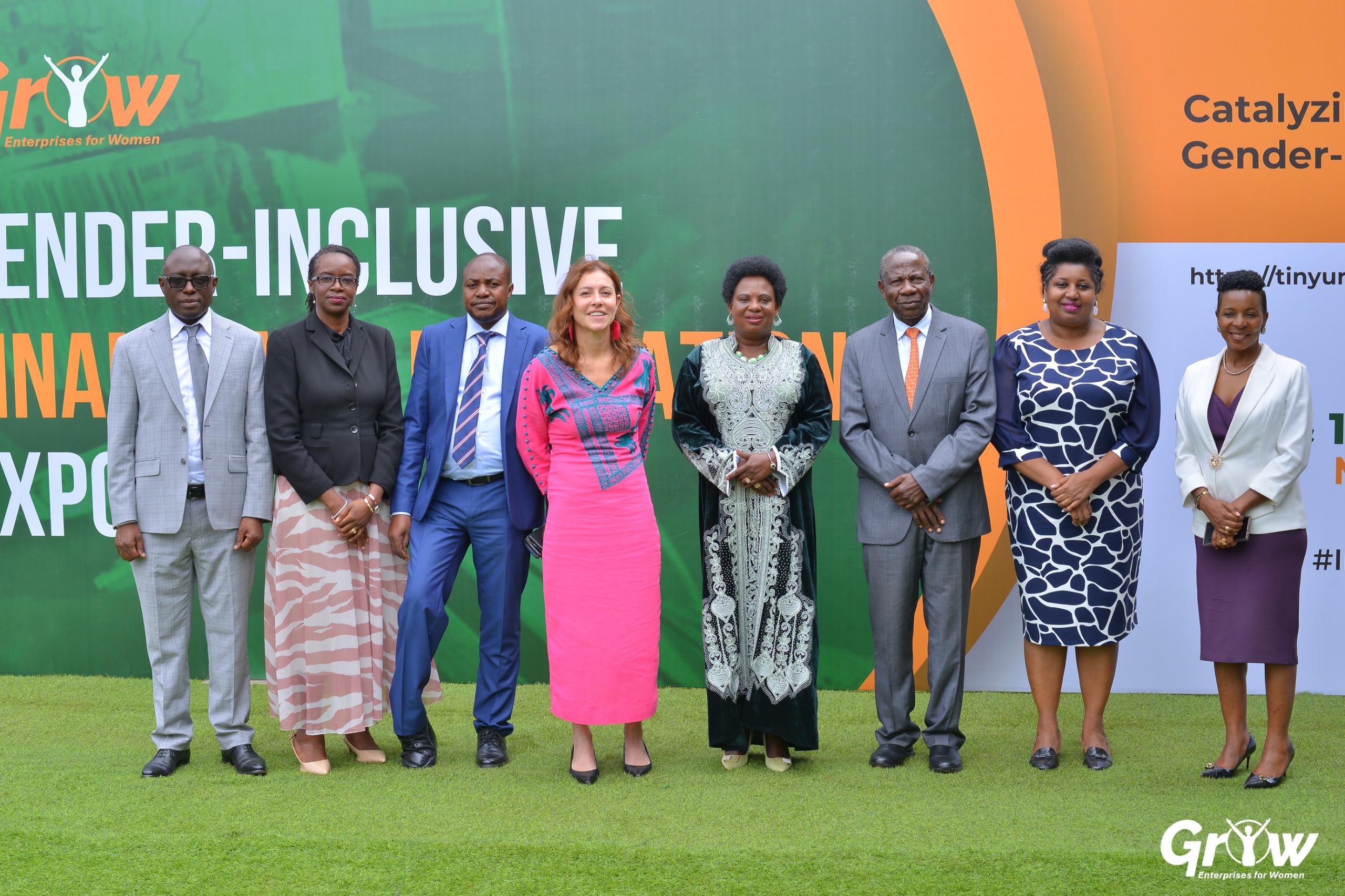After much anticipation, 130 out of 139 countries and jurisdictions that constitute members of the OECD/G20 Inclusive Framework on Base Erosion and Profit Shifting (BEPS), have agreed a two-pillar solution to address the tax challenges arising from the digitalisation of the economy, and to reform international taxation rules so as to ensure that multinational enterprises pay a fair share of tax wherever they operate. Only 25 African countries are members of the Inclusive Framework (Uganda is not), meaning over half of the continent is not directly participating in the standard-setting process. Fortunately, the African Tax Administration Forum (ATAF) has been providing technical support to its members (38) to try and ensure that the new Pillar One and Pillar Two rules meet the needs of African countries. Out of the 25 African participating members, 22 countries agreed to the two-pillar solution.
The agreed framework fundamentally reshapes the international tax system in a way that is unlikely to leave any Multi-National Enterprise (MNE) that falls within the defined scope, unaffected. All factors remaining constant, these rules should become operational in 2023 if a final decision can be reached on the design elements within the agreed framework and an implementation plan released.
Let me attempt a simplified summary that excludes any detailed technical analysis.
PILLAR 1
This solution targets business models that are unfairly thriving on the inadequacies of the existing international tax framework specifically in the area of limited taxing rights on the basis of the residence of taxpayers or the geographical source of income, and the entitlement of source countries to tax the business profits of non-resident enterprises only if the threshold of permanent establishment is met. This Pillar therefore seeks to expand the taxing rights of market/user/source jurisdictions where there is an “active and sustained participation of a business in the economy of that jurisdiction through activities in, or remotely directed at, that jurisdiction”. This will ensure a fairer distribution of profits and taxing rights among countries by re-allocating some taxing rights over the income of MNEs from their home countries to the markets where they have business activities and earn profits, regardless of whether they have a physical presence there, as is the requirement currently.
Pillar 1 has three basic elements, namely
1) A new taxing right for market/user jurisdictions based upon a share of a businesses’ residual profits (“Amount A”);
2) A fixed return for certain distribution and marketing activities physically in a market/user jurisdiction (“Amount B”); and
3) Dispute prevention and resolution processes to improve tax certainty.
In order to fall within the scope of Pillar 1, an MNE must have a global turnover above 20 billion euros and profitability above 10%. This will be the tax base for exercising taxing rights over residual profits and therefore the reallocation of profits under “Amount A”. Additionally, in order for a market jurisdiction to become entitled to an allocation of “Amount A”, the qualifying MNE must derive at least 1 million euros in revenue from that jurisdiction. The threshold for smaller jurisdictions with GDP lower than 40 billion euros, has been set at 250,000 euros. Double taxation of profit allocated to market jurisdictions will be relieved using either the exemption or credit method.
Other rules have been formulated to determine the revenue that should be treated as derived from a particular market or jurisdiction(revenue sourcing rules i.e. where goods or services are used or consumed.); to determine the tax base for “Amount A”(determination by reference to financial accounting income of the group, with any losses being carried forward); to determine the applicable portion of residual profits to be allocated to the eligible market jurisdictions (between 20-30% of profit in excess of 10% of the MNEs revenue). However, where residual profits are already taxed in a market jurisdiction, a marketing and distribution profits safe harbour will cap the residual profits allocated to the market jurisdiction through “Amount A”.
“Amount B” which is a “fixed return” for “baseline marketing and distribution activities” performed by distribution entities or permanent establishments of an MNE group, will be determined using the arm’s length principle. “Amount B” is intended to simplify the administration of transfer pricing rules, increase tax certainty and reduce tax controversy between taxpayers and tax administrations.
Important to note is that the Extractives sector and Regulated Financial Services are excluded from the scope of Pillar 1.
PILLAR 2
Pillar 2 tackles the problem of low tax outcomes and is intended to ensure minimum levels of taxation of multinational enterprise groups. The premise behind this solution is simple – if a state does not exercise their taxing rights to an adequate level, a new network of rules will re-allocate those taxing rights to another state who will. A top-down approach subject to a split-ownership rule for shareholdings below 80%, has been adopted whereby the jurisdiction in which the Ultimate Parent Entity is resident has the primary right to exercise taxing rights over income in a low tax jurisdiction. If the Ultimate Parent entity is resident in a jurisdiction that has not implemented the Income Inclusion Rule, the taxing rights are passed down the chain of ownership until they reach an entity resident in a jurisdiction that has implemented it.
The solution is framed around four rules: an Income Inclusion Rule (IIR), an Undertaxed Payment Rule (UTPR), a Subject to Tax Rule (STTR), and a Switch-Over Rule (SOR).
This will be achieved in the following ways:
1) Through a new global minimum tax regime (‘GloBE‘) which aims to ensure a minimum effective tax rate across all jurisdictions by imposing a top-up tax on a parent entity in respect of the low taxed income of a constituent entity in a source country (Income Inclusion Rule – IIR). The minimum tax rate to be used for purposes of the Income Inclusion Rule and Undertaxed Payment Rule will be at least 15%.
2) By denying an MNE deductions or requiring an equivalent adjustment (top-up tax) to the extent the low taxed income of a constituent entity is not subject to tax under the Income Inclusion Rule (Undertaxed Payment Rule – UTPR). This rule supports the IIR by acting as a backstop to deal with circumstances where the IIR is unable, by itself, to bring low tax jurisdictions in line with the minimum rate. Methodology still to be agreed.
3) By allowing source jurisdictions to impose a minimum level of taxation on certain related party payments subject to tax below a minimum rate (the ‘Subject to Tax Rule‘ – STTR). In other words, where a jurisdiction does not exercise its taxing rights over the receipt of certain payments to an adequate extent, the jurisdiction of the payer has the right to claw back those taxing rights, negating in part the relief it allows for the deduction of the payment for local tax purposes. The minimum rate for the STTR will be from 7.5% to 9%. This is a treaty-based rule that will necessitate realignment of withholding tax rules between contracting states.
4) To support the STTR, a mechanism for enabling jurisdictions to overturn treaty obligations where they have committed to exempting amounts attributable to a foreign permanent establishment under a double tax treaty agreed with another state, will be adopted (the Switch-Over Rule).
In order to fall within the scope of Pillar 2, the global revenues of an MNE must exceed the 750 million euros threshold, in line with current Country by Country Reporting requirements. Countries where MNEs are headquartered will be free to apply the Income Inclusion Rule even if the MNE does not meet the threshold.
Taxes borne by virtue of new taxing rights granted under Pillar One are to be taken into consideration when calculating the effective tax rates of the jurisdictions in which MNE Groups operate. Also, Government entities, international organisations, non-profit organisations, pension funds or investment funds that are Ultimate Parent Entities (UPE) of an MNE Group or any holding vehicles used by such entities, organisations or funds are not subject to the GloBE rules. International shipping income will be excluded from these rules.
In terms of the implementation of the suggested rules, the Income Inclusion Rule and the Undertaxed Payment Rule could be implemented just through changes to domestic law. However, both the Subject to Tax Rule and the Switch-Over Rule will require changes to existing bilateral tax treaties, that could be implemented through bilateral negotiations and amendments to individual treaties or more efficiently through a multilateral instrument to facilitate their adoption. Pillar One is arguably the more politically challenging as it entails states ceding existing taxing rights to so called market jurisdictions, whereas Pillar Two promises to be a tide that lifts all boats (whether jurisdictions like it or not) by setting a floor on acceptable effective tax rates.
Do you have a story in your community or an opinion to share with us: Email us at editorial@watchdoguganda.com














